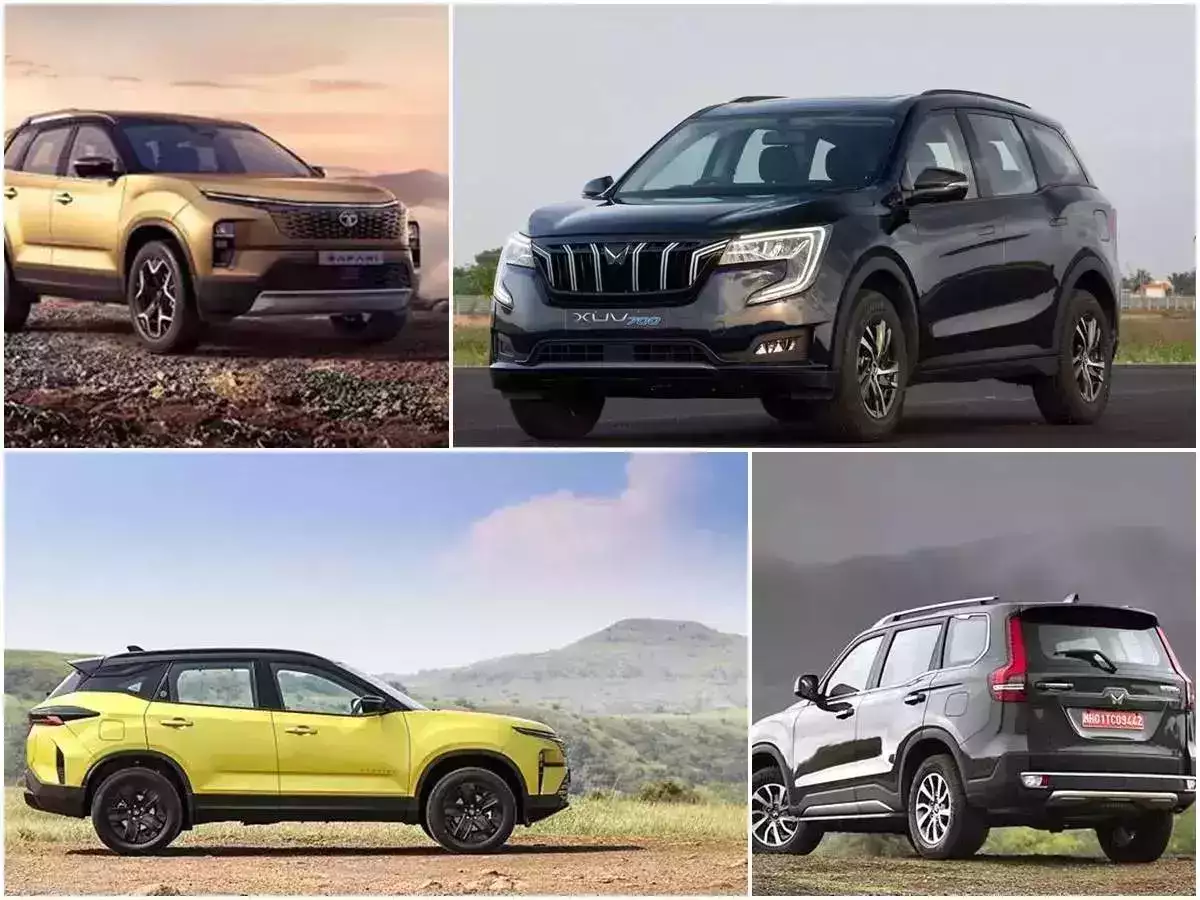
A glance at the phenomenal rise of SUV sales in India may evince some nods in the room, but delve deeper, and the technical specifications of these cars would suggest otherwise. Featuring top notch safety, handling and technology, these cars juxtapose the elemental, and the sophisticated.
India's car buyers have significantly changed their preferences, revealing new values and attitudes. This complex shift can be summarized in two words: divergence and aspiration.
India's rapid strides towards a new identity has created marked divergence in its fortunes, while also galvanizing a billion plus Indians to adopt an aspirational mindset.
The undertone of today's Indian consumer is clear, "We are the face of a new India. We have arrived." Their choices express a sense of pride, progress and presence. When it comes to mobility, it's no different either.
Being a consumer discretionary, cars are high engagement purchases. The customer decision journey of buying a car consists of multiple touchpoints, and the impending decision is almost always greater than the sum of its parts. Especially when considering a car, prospective customers are highly aware.
For instance, a widely cited industry report states that, whereas digital touchpoints are becoming increasingly critical in sustaining prospect interest, the efficacy of offline and omnichannel touchpoints are turning points in conversion .
The extent of digital trek that a prospect is comfortable with, can vary within seemingly same demographics and even same psychographics.
For a millennial, the decision to buy a car may have a higher probability of emanating out of the need for a technological upgrade (think aspiration). In lieu, the brands in fray would also need to construct a decision journey that would be alluring enough for the gizmo-savvy millennial buyer.
After all, consistency in delivering the desired customer experiences goes a long way in building brand authenticity .
But authenticity is easier said than delivered, as it is also the inflection-point of divergence. It can be interpreted a multiverse of psychographics that exist within psychographics.
A soon-to-be-parent millennial chooses safety first, a third generation millennial entrepreneur leans towards the family heirloom brand as a decision variable, while a millennial fashion influencer may seek coolness. The personas are chalk-and-cheese, despite belonging to the same category.
And marketers can of course choose to ignore these differences, albeit at their own risk. After all, the customer is not just a unit of statistic, but as Zig Ziglar implies, an emotional being that deploys every faculty of logic to finally make an emotional choice.
So what could be the sweet spot in developing superior customer experiences? Carmakers can significantly scale-up their appeal by employing an hourglass approach, where the top-half of the marketing funnel resonates with the macro brushstroke of aspiration, while the bottom-half is hyper-focused towards targeting persona-driven aspirations, from various psychographics.
A significant tailwind supplementing the changing customer preferences is what psychologists' term as behavioral patterns. The process of buying a car encapsulates this.
Before the ascent of aggregators, pizza cravings would usually be followed by a phone call to one's favorite pizzeria, and the savory would be served at the doorstep in a few minutes. The journey from desire to fulfilment would at the most comprise of two touchpoints.
Despite being a tangible, functionality-driven item, potential car buyers overwhelmingly resort to online research, to initiate what is often a long-gestation discovery process. In effect, it is what marketing jargon exemplifies as a Zero Moment of Truth (ZMOT).
From virtual customer experience centers to end-to-end online financing, the number of touchpoints between the buyer and seller has increased significantly-so much so that companies are increasingly embracing the platform model. A 'horse cart to combustion engine' styled revolution in auto marketing, platforms are the single ecosystem culmination of customer experience. A fair degree of modularity towards personalization, along with an easy interface, make for higher adoption and higher chances of conversion.
The other attribute to weave into the experience journey is incentive. Even the savviest of car buyers, would at some stage seek an incentive in the customer journey. It could be novelty, self-validation, finding a tribe, monetary reward etc. something that could be conditioned through gamification. This is where rubber meets the road, as companies can build competitive advantage through value-driven customer experiences.
Brands are already creating these experiences, and increasingly so, at scale.
Volkswagen has evolved their design philosophy over time. Today, prospect customers can walk into a virtual product visualizer, enter the cockpit and interact with the key features of the car they wish to buy; the digital experience begins at the initial stages of the decision journey.
A connectivity enhancing app augments this experience after ownership, while Volkswagen Experiences, a community platform allows the customer to venture into physical exploration, while being steadfastly centered in digital realm.
Digital journeys have a greater scope for personalization. Personalization is premiumization, and to that extent aspirations and divergences provide a broad canvas for mobility companies to differentiate.
For the Gen-X, the decision to buy a car could be marked by the need for replacement, and mechatronic refinement; for the millennial it could be an aspiration for technological and status upgrade; for the Gen-Z it could be the aspiration to own the first car. And then within each of these consumer groups, micro-psychographics exist, that provide a wealth of opportunity for automakers to serve.
Indeed, India is a multiverse with countless diversity that exist within the country, when it comes to the car buyer. And with an emergent ethos of pride, progress and presence, India aspires more from how it drives.
Disclaimer: The copyright of this article belongs to the original author. Reposting this article is solely for the purpose of information dissemination and does not constitute any investment advice. If there is any infringement, please contact us immediately. We will make corrections or deletions as necessary. Thank you.





